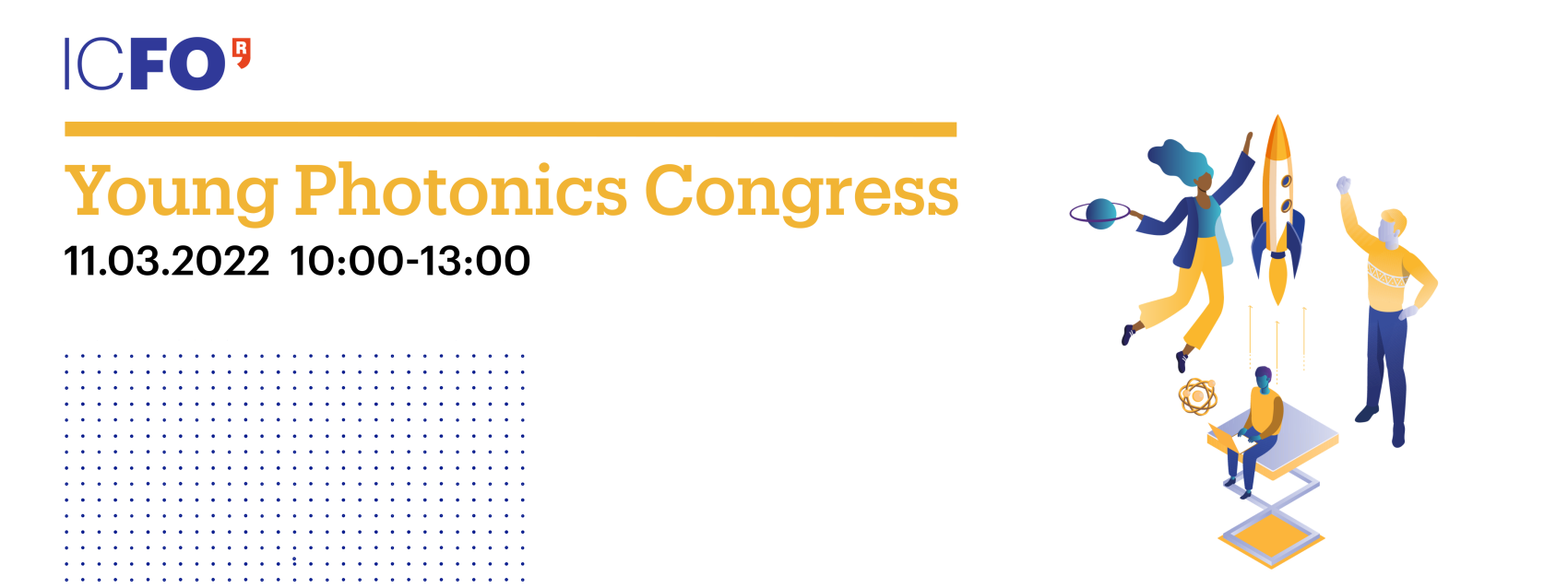
The Young Photonics Congress is a scientific congress where the spotlight is on high school students presenting their research projects.
Discover the world of photonics with flash talks by ICFO researchers and research projects by young scientists!
program
march 11, 2022 – ICFO (CASTELLDEFELS)
Flash talks
Click on + for more information
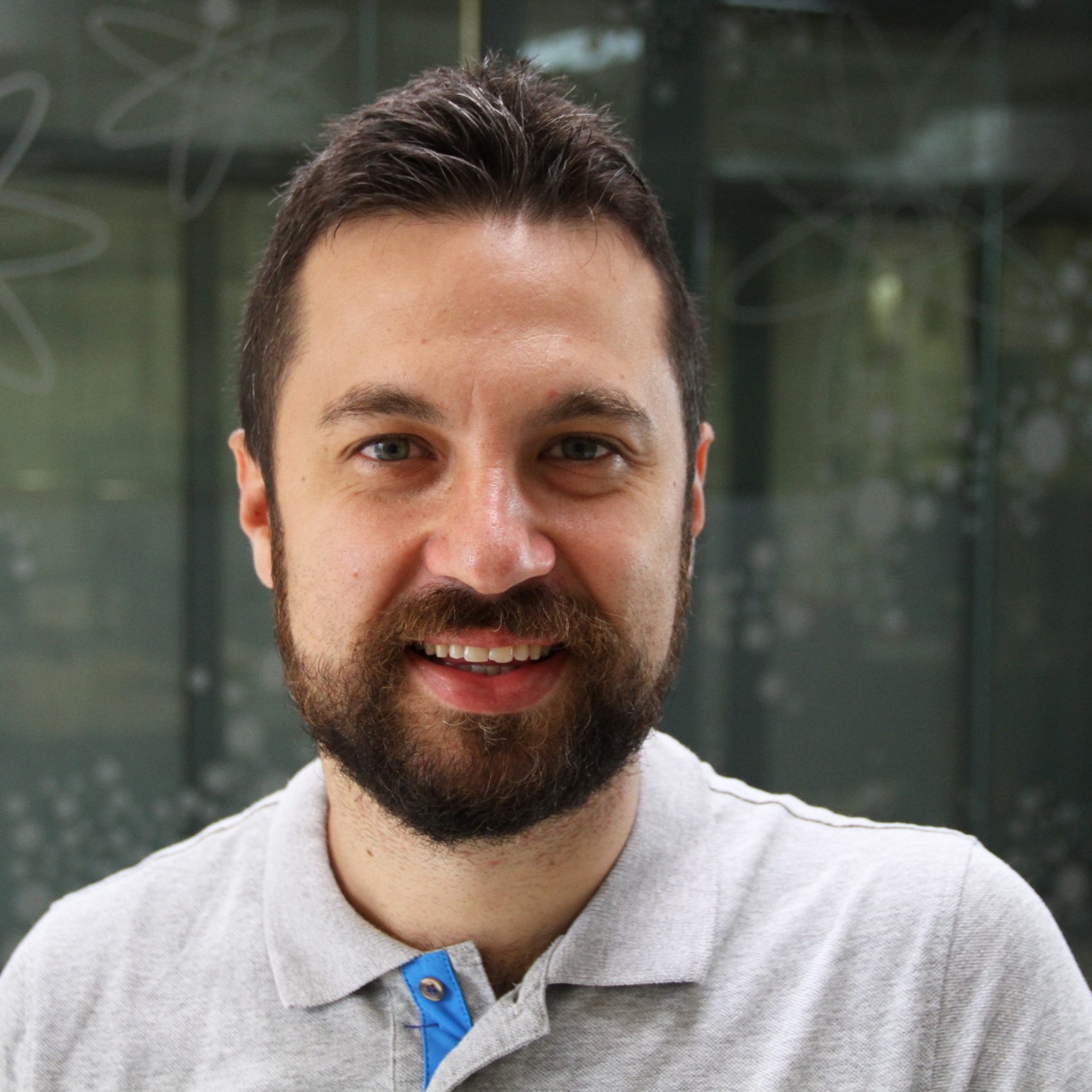
GIANVITO LUCIVERO
Gianvito Lucivero is currently PROBIST fellow and Lecturer in Quantum Sensing.
He obtained his PhD at ICFO, demonstrating squeezed-light enhancement of atomic sensors. Between 2016 and 2019 he worked at Princeton University, where he contributed to the first detection of human biomagnetism in unshielded environment with optical magnetometers.
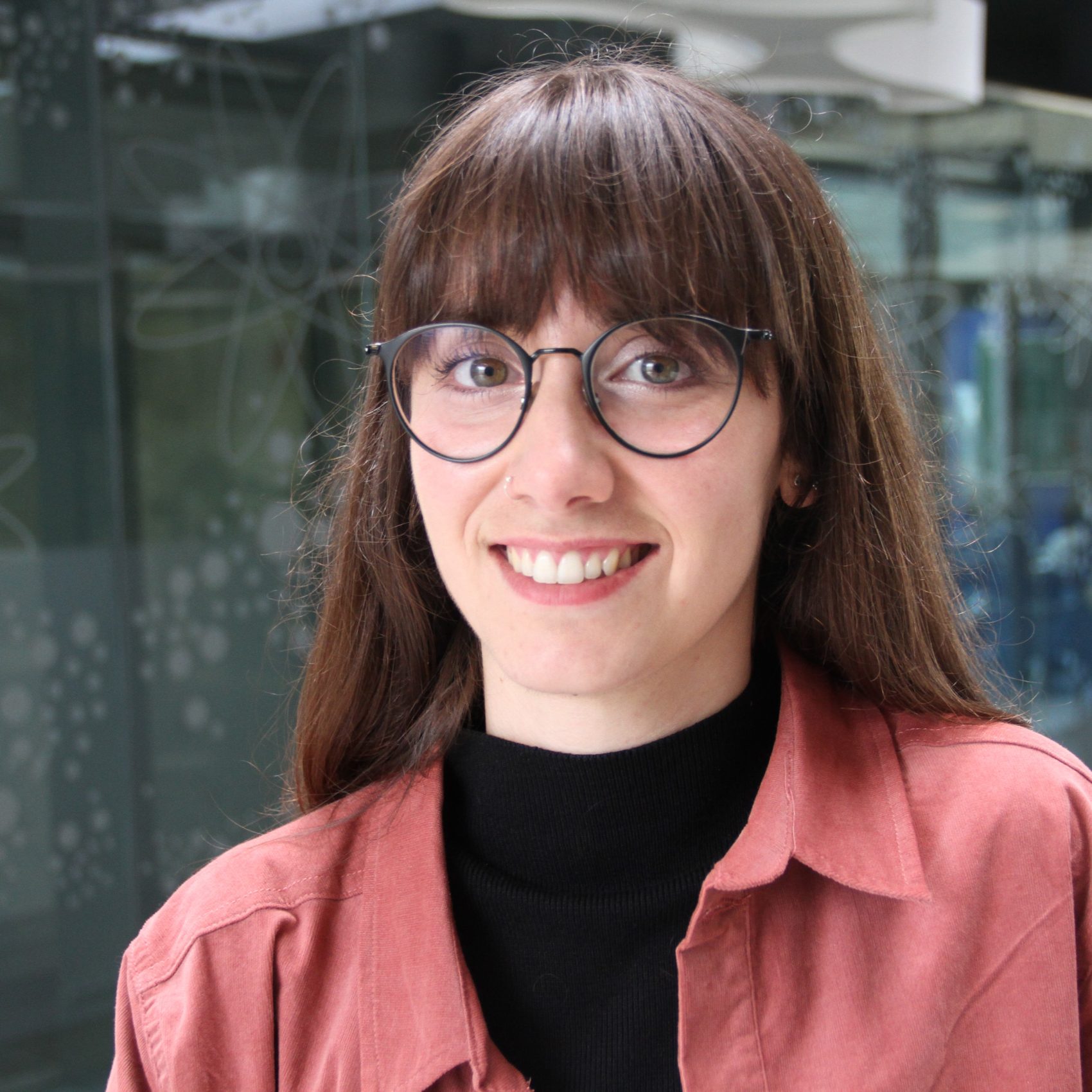
Marina Cunquero
Marina graduated in Microbiology in 2019 from the Universitat Autonoma de Barcelona, and continued her postgraduate studies at the Universitat Pompeu Fabra. In 2016 she joined ICFO as lab technician and became fascinated about the broad spectrum of research possibilities that optical microscopy provides. She is currently pursuing her PhD in biophotonics at the Super-Resolution Light Microscopy and Nanoscopy group, led by Pablo Loza. Her research interests are a mixture of neuroscience and optics. She studies how neurons communicate in the eye in order to find new treatments for visual impairment.
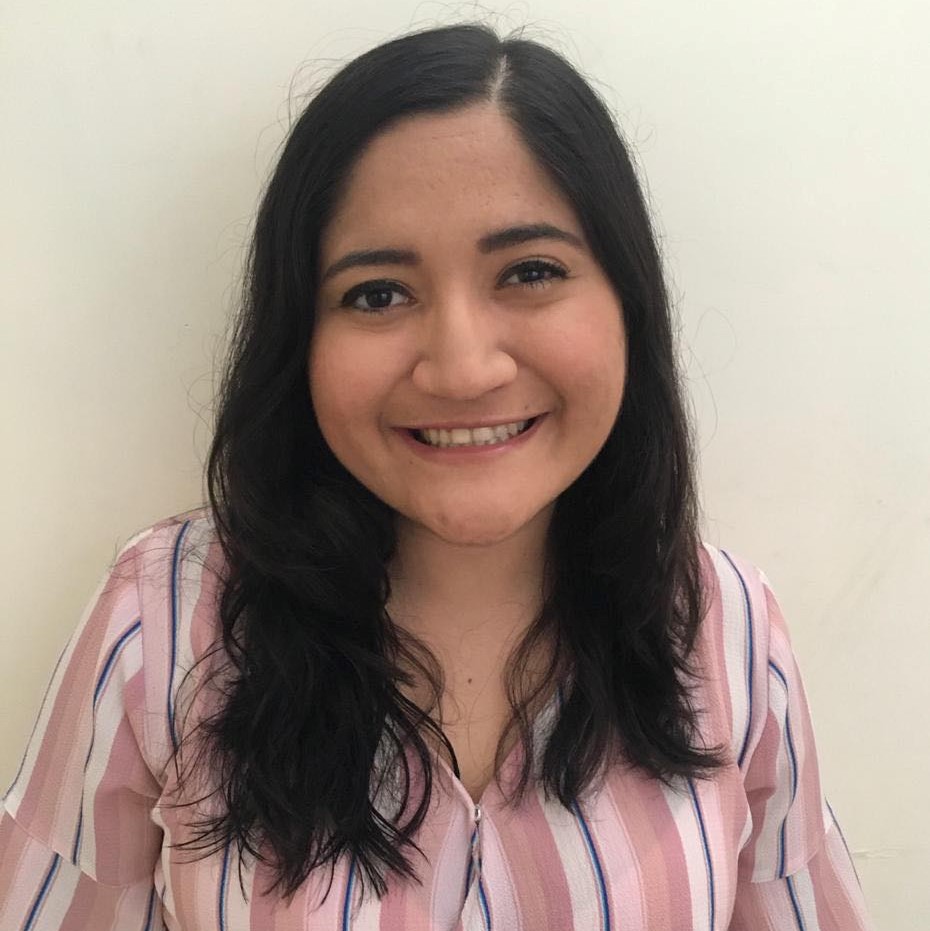
María Paula Ayala
María Paula Ayala is an undergraduate student of Physics at Yachay Tech University (Ecuador). She has participated in projects related to Material Sciences and Computational Nanosciences. Currently, she is doing an internship in the Thermal Photonics Group led by Prof. Georgia Papadakis at ICFO, studying tunable thermal emission.
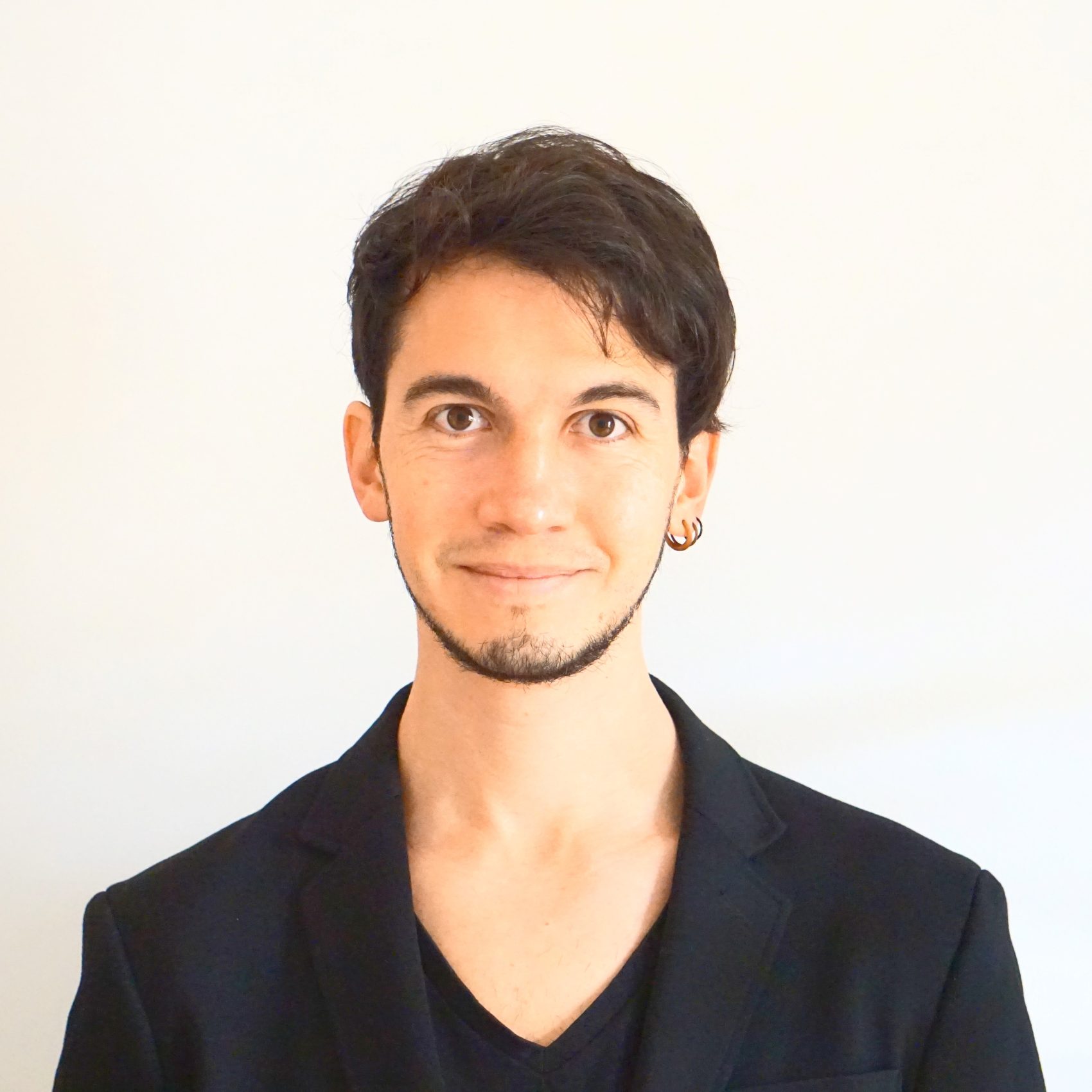
Roland Terborg
Roland obtained his degree in Physics from the Universidad Nacional Autónoma de México (UNAM) and did the PhD in Photonics at ICFO. He is currently working as an entrepreneur at the ICFO Launchpad, coordinating the scientific research and business development for a new spin-off project in the Life-Science sector.
PROJECTS
Click on + for more information (all abstracts are in English)
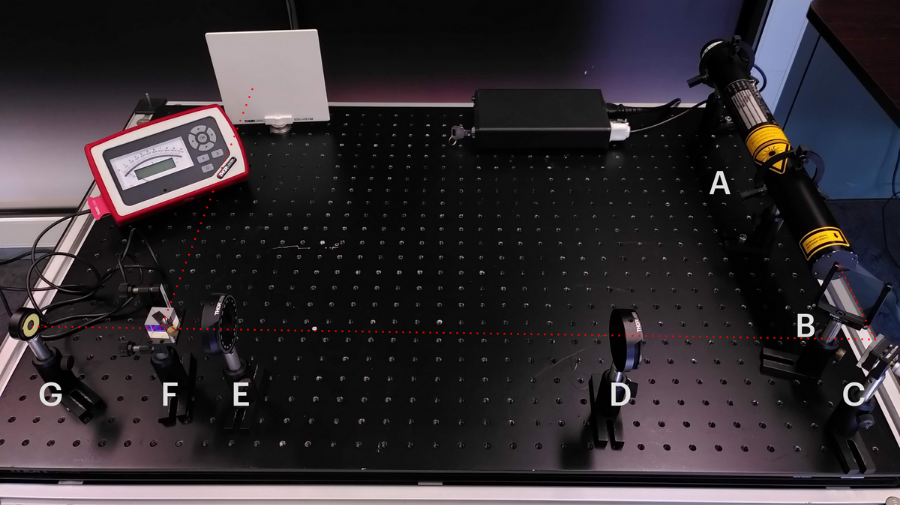
IS QUANTUM cryptography a safe way to transmit information?
MarÍa amores cintora
British School of Barcelona – Castelldefels (1 bat)
Supervisor: María Ángel Cintora
The aim of my project is to demonstrate how we can transmit a secure message using polarised light. I will use a laser, polarisers, a light intensity sensor, half-wave plates and a mirror.
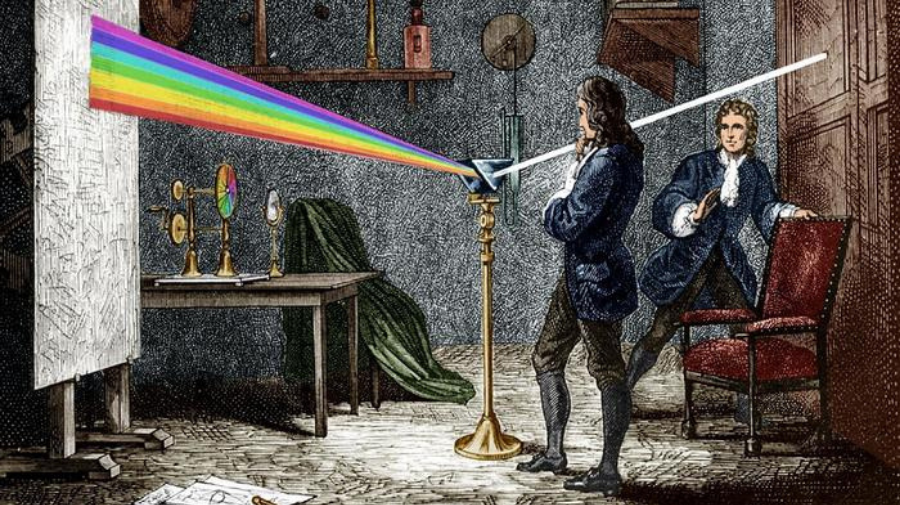
Light diffraction (La difracció de la llum)
Èric Cornet Bonilla, Daniel Fernández Redondo, Jordi Sagrera Jorge
IES El Castell – Esparreguera (2 bat)
Supervisor: Montserrat Muñoz
To apply the scientific method in a laboratory with the most adequate materials
To know the scientific and historical bases on the nature of light
Do a theoretical study of the magnitudes that define waves and its properties
Explain the phenomenon of diffraction
Using the diffraction we have calculated the diameter of different sewing threads.
Next, we compare the measurement obtained by the experimental procedure with the real value.
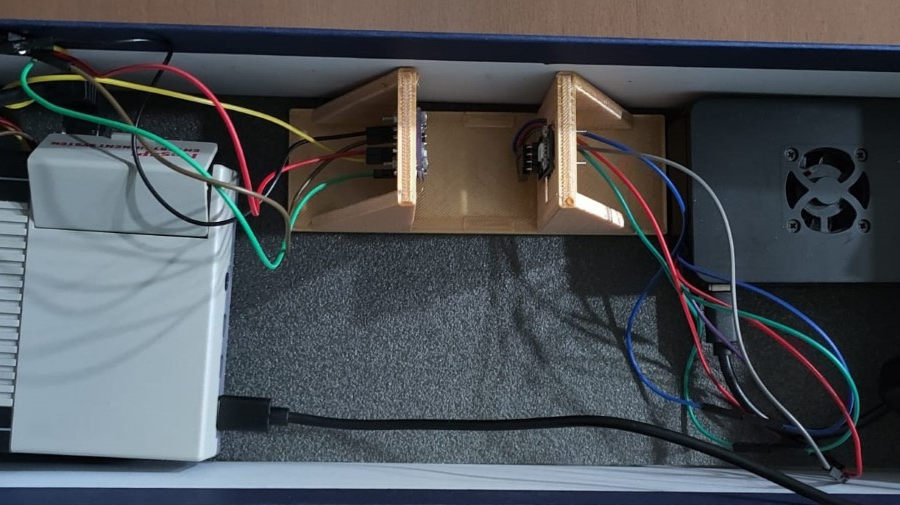
DATA TRANSFER THROUGH LIGHT: LIFI PROTOTYPE WITH RGB LEDS (TRANSMISSIÓ DE DADES A TRAVÉS DE LA LLUM: PROTOTIP LIFI AMB LED RGB)
Erik Marín Martín
We live in the information society. Can we use existing infrastructures and technologies to cover this demand or use others when current ones have problems?
We have built a functional and economical prototype using VLC principles with LED RGB to be able to draw conclusions about this technology.
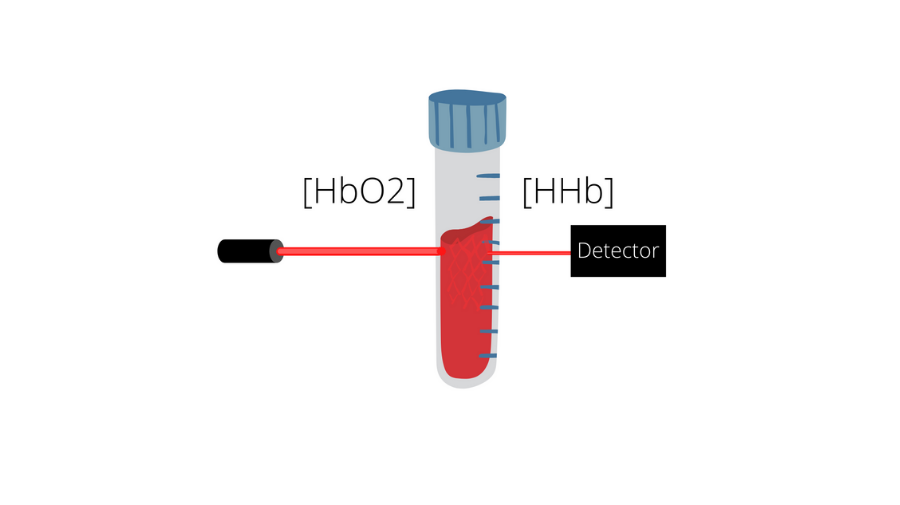
On fNIRS measuring techniques and the analyisis of real data as a learning procedure
Chico Paulics Bresler, Laia Xiao Planas Toro, Pau Rocabert
The aims were to understand fNIRS using a Portalite, including cuff occlusion, and calf/prefrontal cortex activation. The results were an observed increase in HHb and a decrease in O2Hb for the cuff occlusion, the expected results were seen for the calf, no patterns were observed in the cortex.
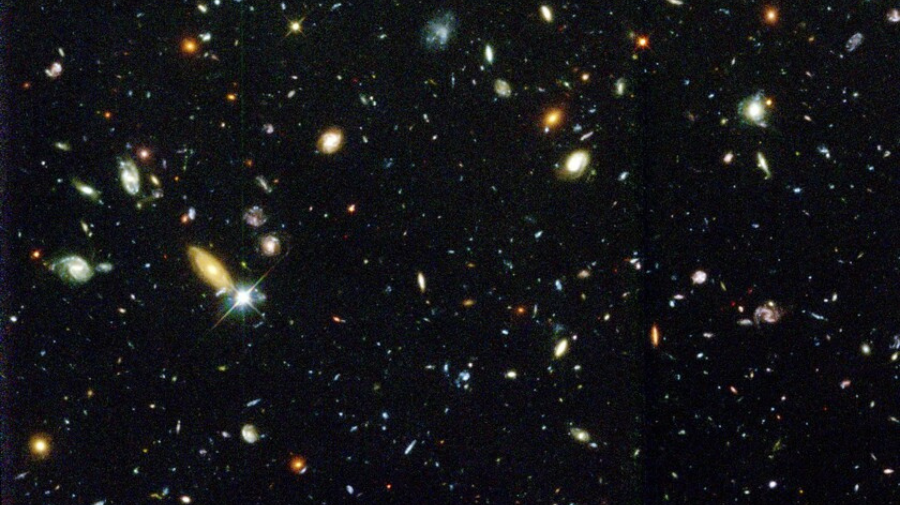
Method of detection and analysis of the variability of a variable star (Mètode de detecció i anàlisis de la variabilidad d'una estrella variable)
Laia Cambra Chaler
Supervisor: Mailhyn Cafiero
its light curve and period. In order to do this, a series of images have been taken and pre-treated. The information obtained has led to some results that have allowed us to speculate on the reason for its variation.
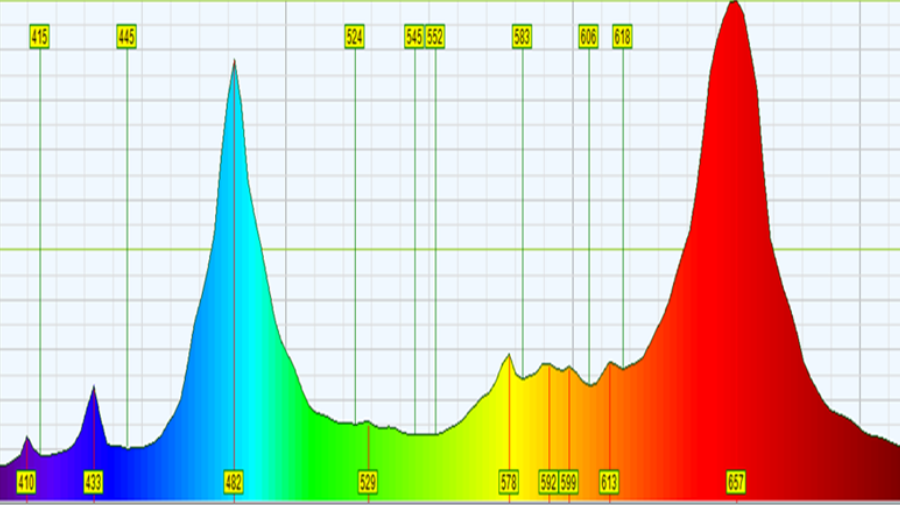
Design and construction of a spectrometer (Disseny i construcció d'un espectròmetre)
Adrià Capdevila Zurita
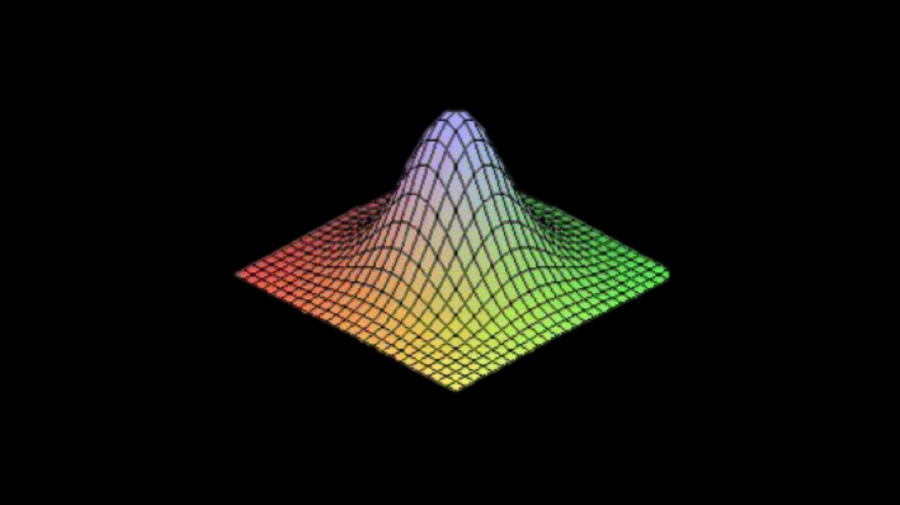
Searching for the particle: numerical calculation and quantum physics (Buscant la partícula: càlcul numèric i física quàntica)
Isabel Sitjà Castellarnau
Supervisor: David Corrons
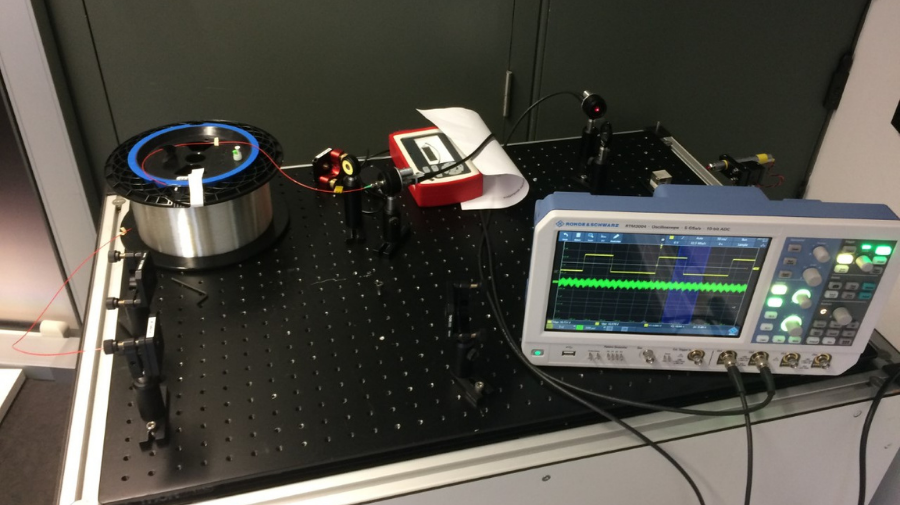
IS the light of speed right? (És la velocitat de la llum certa?)
Daniel López-Moya Casado

Light properties: diffraction and interference (Propietats de la llum: difracció i interferències)
Jan López Bocache
Supervisor: Jordi Fernández

Diffraction and micrometric measurements (Difracció i mesures micromètriques)
Eloy Estopiñá Viloria, Deybid Silver Villanueva Rojas
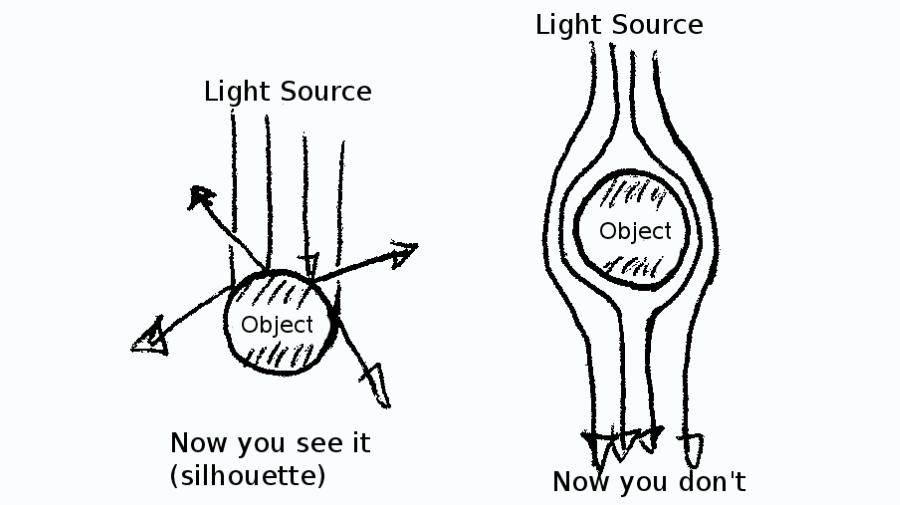
Our future with metamaterials
Aileen Sangalli
Supervisor: Adam Sierens
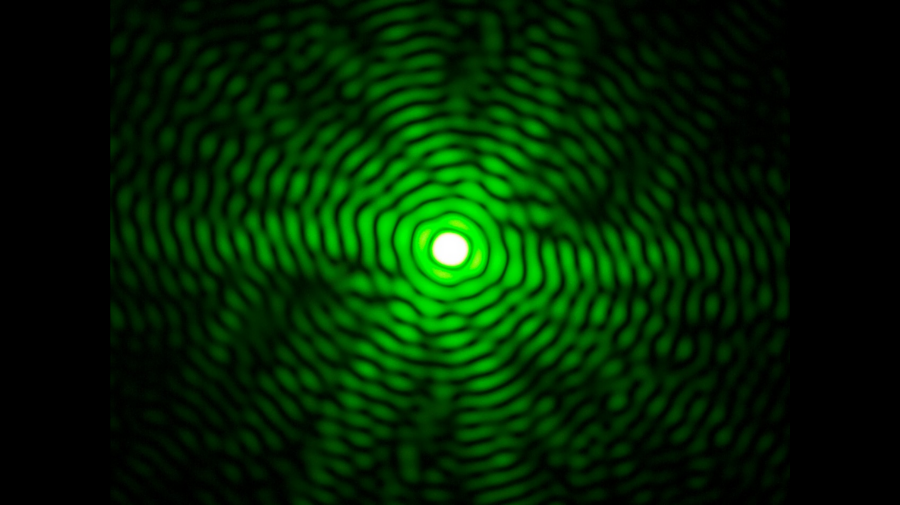
Wave-particle duality of light (La dualitat ona-partícula de la llum)
Olau Vinyals i roca
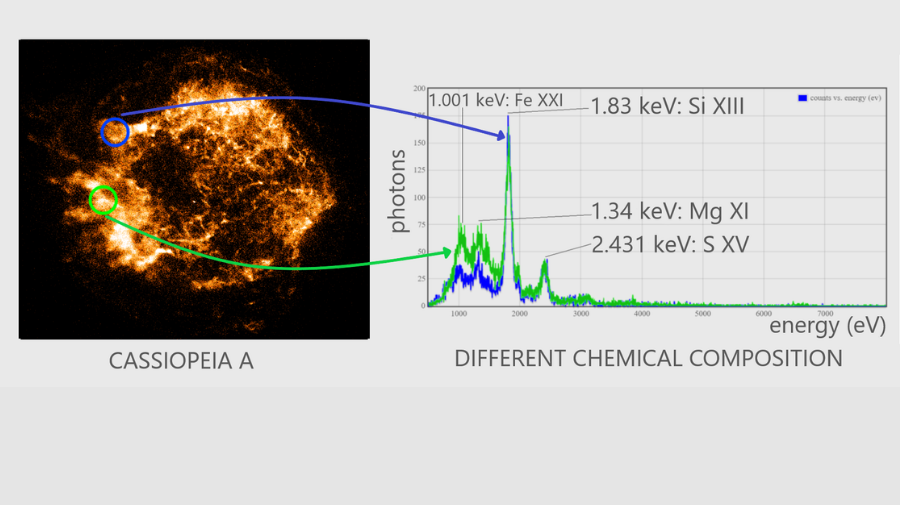
analysing anisotropies of SNR Cassiopeia A
Helena Villares Santiago
Supervisor: Francisco Pérez García
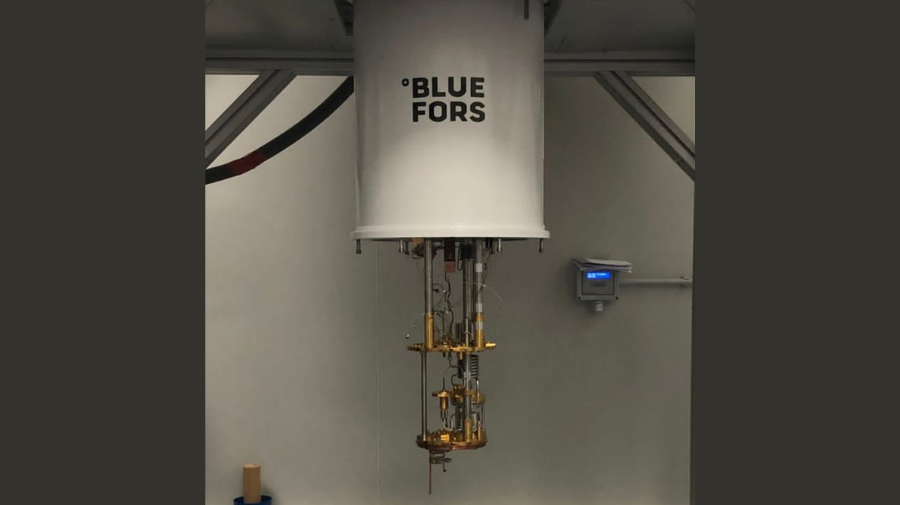
Quantum computing (Computació Quàntica)
Pol Gonzalo Martí, Sam Grifoll Valcarcel, Abel Rodríguez Dominguez
Institut Sunsi Móra – Canet de Mar (2 bat)
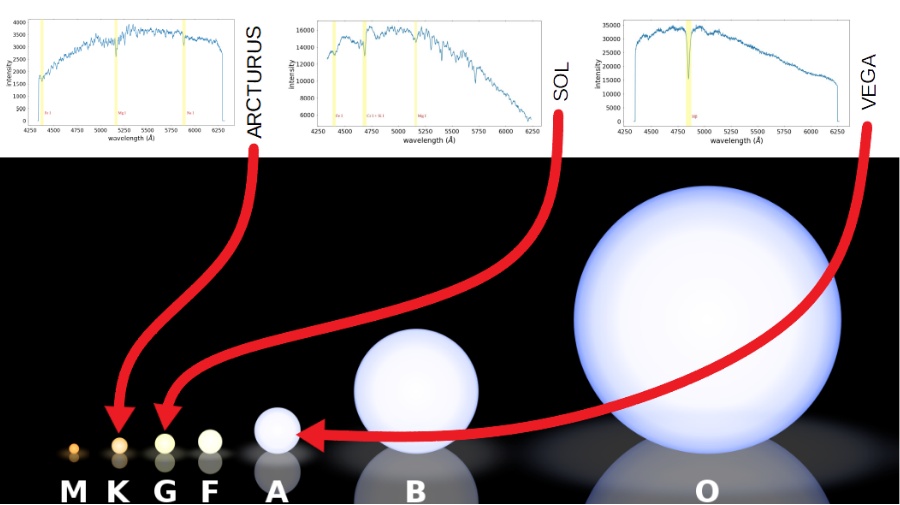
Stellar spectroscopy: identification of the spectral type of a series of stars (Espectroscòpia estel·lar: identificació del tipus espectral d’un seguit d’estrelles)
Adrià Cantarero Carreras
Supervisor: Verònica Santamaria Domenech

Light through the interferometer (La llum a través de l'interferòmetre)
Arnau sirvent villòria
The methodology used was to do 3 experiments, collecting data and analysing it.
The outcome of this work is the result of my calculations compared to the real data, what drawn me to the following conclusions.
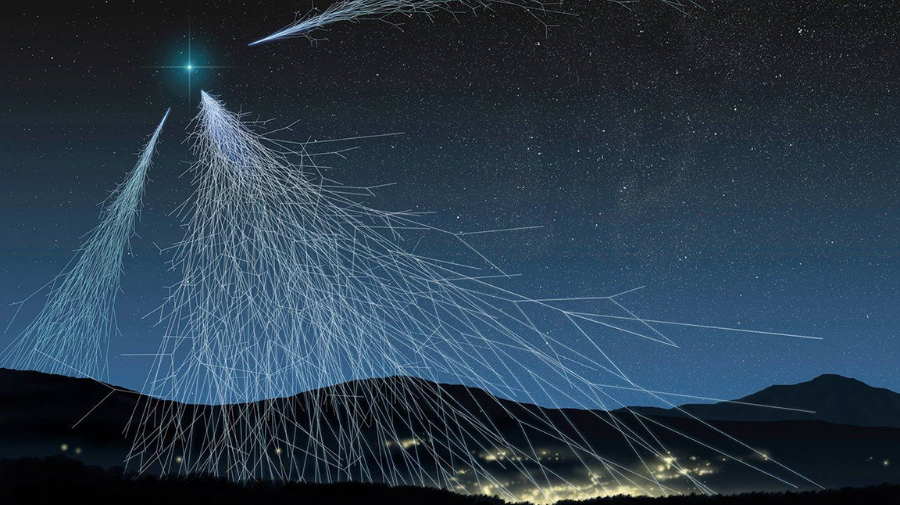
challenging classical physics with muons (Desafiando la física clásica con los muones)
Joel López Juncadella
Supervisor: Daniel Parcerisas Brossa
In this research work, I studied the behavior of muons and alpha particles in certain cases with particle detectors. Experiments have been carried out to study these particles, such as the determination of the speed of a muon or of the absorption of the alpha particles.
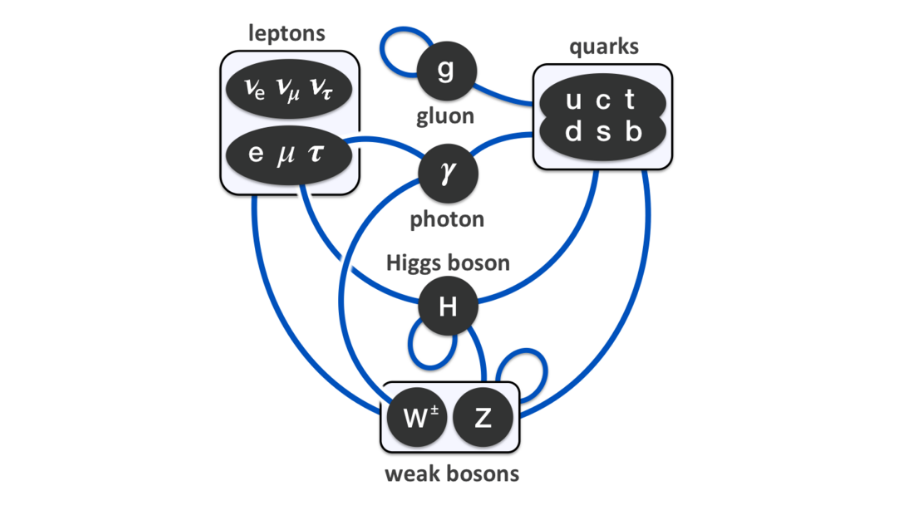
If it is the weakest, why do we call it the Particle of God? (Si és la més feble, perquè l'anomenem partícula de déu?)
Aina Rodríguez Bueno
Supervisor: Daniel Parcerisas Brossa
The Standard Model of Particle Physics is completed with the Higgs Field, as it gives particles mass. The goal of the project is to describe the field. I conducted a practical experiment with a particle detector called TimePix and different radioactive samples, to delve into nuclear physics.
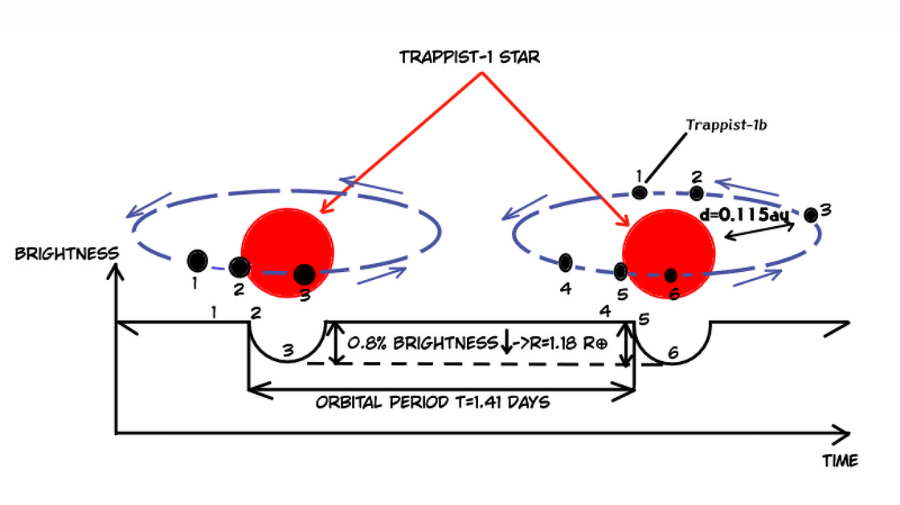
Analysing light from Trappist-1b exoplanet
Miquel García Urbán, Xavier Garrido Aguilera
Supervisor: Francisco Pérez García
A light curve analysis of Trappist-1b exoplanet obtained from Kepler space telescope using a python library called lightkurve give us a planet radius of 1.18 Earth radius and an orbital period of 1.51 days. Calculated distance to the parent star Trappist-1 was 0.115 astronomical units.

A computer that knows particles
Rubén Castaño Gómez
Tutor: Daniel Parcerisas Brossa
an image obtained from a particles’ detector called Medipix and identify three different types of particles: Alpha, Gamma, Beta.
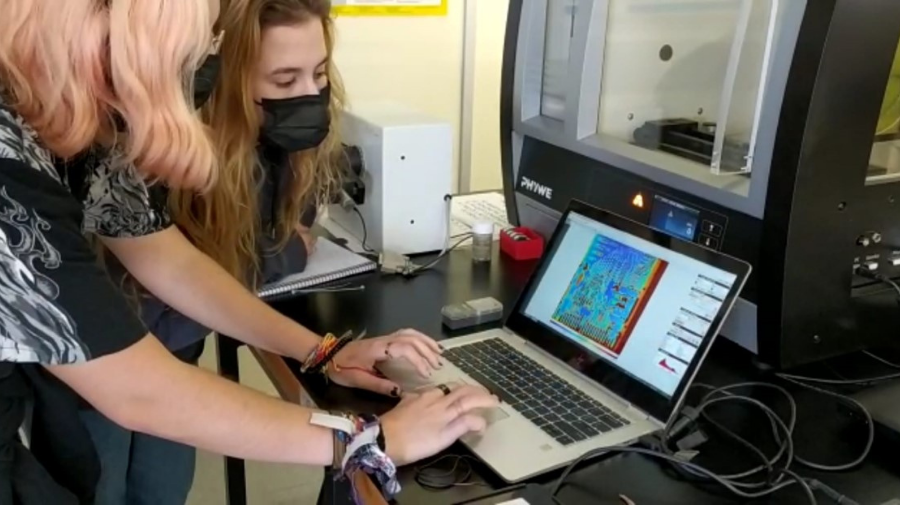
CERN and particle detectors (El CERN i els detectors de partícules)
Julia González Pons, Bruguers Miranzo López
Supervisor: Sonia Tarancón
In our project we experimented with the Medipix detector. We analyzed radioactive materials and objects with X-rays, concluding that the americium had relativistic alpha particles,the itrium a short disintegration span of time, the KNO3 relativistic beta particles and the Pb was an insulating material.
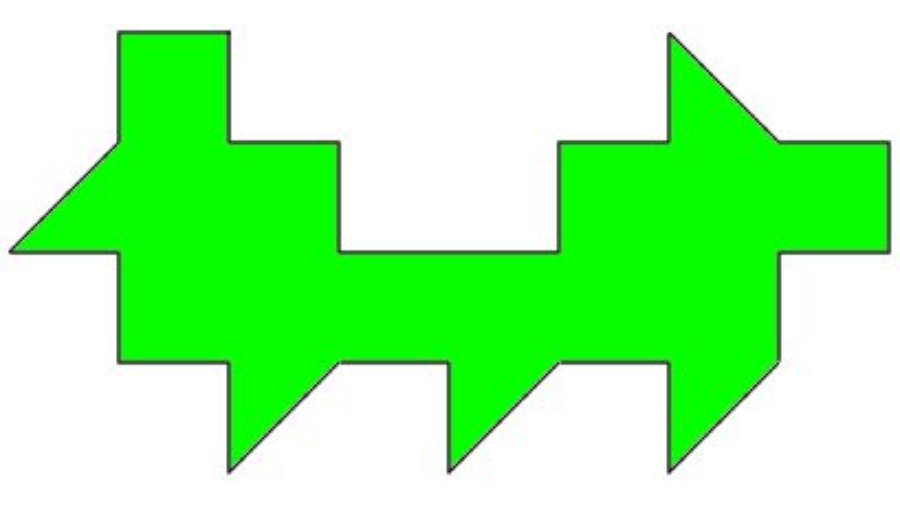
Illumination problem
Nicolás Atanes Santos
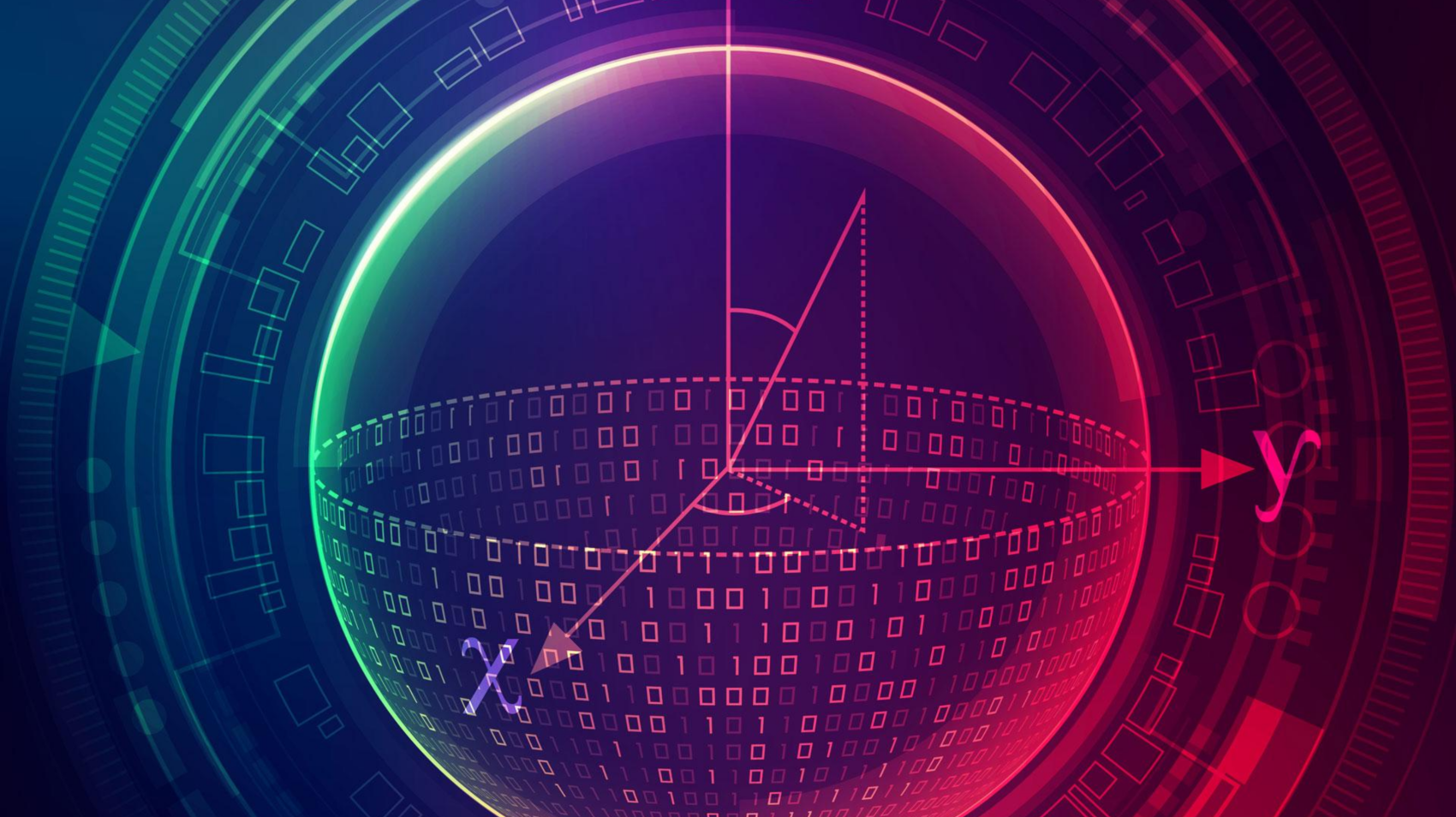
how close is quantum cryptography? (com de prop ens queda la criptografia quàntica?)
inés alonso
Supervisor: Rosa Fernández Serra
Light has a lot of applications. How do we use it to exchange information? Looking for answers I came across quantum cryptography.
We have a goal: to encrypt messages.
How do we encrypt using quantum properties? Is it the same as classic encryption? At ICFO I was given the opportunity to perform the BB84 quantum protocol.

This activity is co-funded by the European Regional Development Funds (ERDF) allocated to the Programa operatiu FEDER de Catalunya 2014-2020, with the support of the Secretaria d’Universitats i Recerca of the Departament d’Empresa i Coneixement of the Generalitat de Catalunya for emerging technology clusters devoted to the valorization and transfer of research results (QuantumCAT 001-P-001644 and GraphCAT 001-P-001702).

